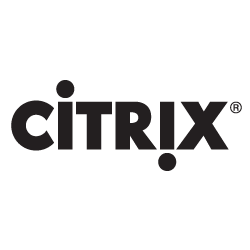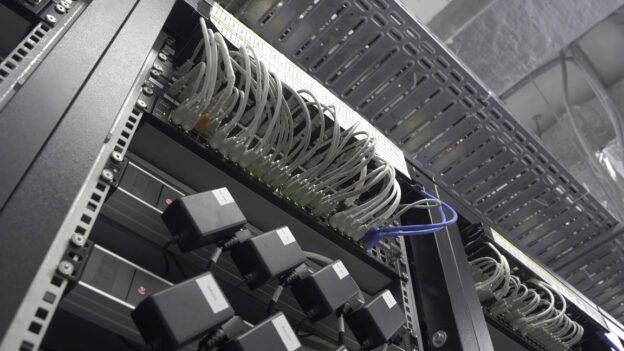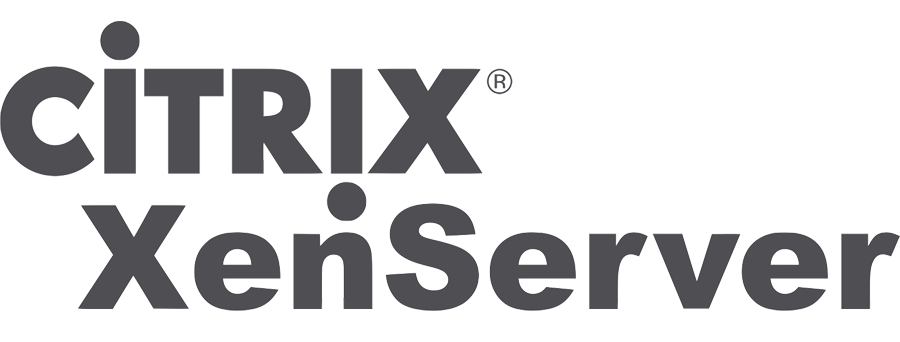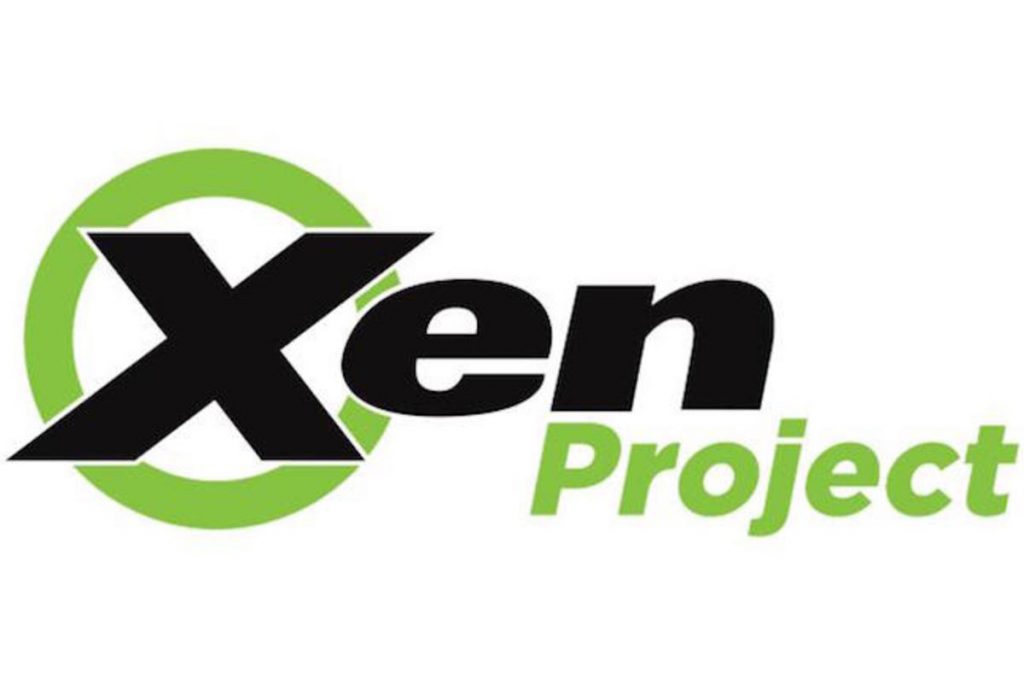
Are you looking for the best servers either for home use or to power your growing company? You’re in the right place! Here, let’s take a look at some of the best servers you can consider investing in for home or business.
Servers are considered an essential part of the property’s technology infrastructure as they house apps, websites, remote access for employees, files, and so much more. Without these fantastic systems, your IT operations would surely come to a hitch.You want to make things running smoothly as possible, so buying a server must be taken thorough consideration.
Best Servers for Businesses and Home
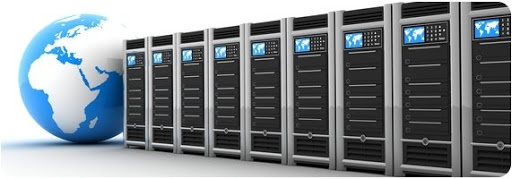
There are numerous servers to choose from, which makes your decision process complex. To narrow down your search, below are some of the best servers in 2020 we can recommend to use.
- Dell PowerEdge
The Dell PowerEdge T20 and T30 are among the top products in the market. The T20 is very cheap and features compact mini-tower with quick access to internals. It can support up to 32GB DDR3 ECC RAM. On the other note, T30 features easier file sharing, easy data recall capacity and backup, and an inexpensive alternative to storage.
- Lenovo ThinkServer
The Lenovo ThinkServer is another popular option among businesses and even home use. The tower server is upgradeable and cheap, plus you can be able to mix and match HDDs and SSDs. Though, its base configurations are quite minimal. You can either upgrade later or choose a higher-end model.
- NetGear ReadyNAS
Available in two-bay and four-bay versions, NetGear ReadyNAS can be purchased in 420, 520, and 620 series. The former makes use of an Intel Atom dual-core processor to keep things functioning well. Both the 520 and 620 models do support virtualization, except for the 420 series. NetGear ReadyNAS is easy to set up, has a handy package center, inexpensive, and can accommodate up to forty users.
- HPE ProLiant
Versatile and powerful, HPE ProLiant ML350 Gen 10 is a massive beast of a machine with a decent design that is scalable and doesn’t come with hard drives. It is rich in Intel Xeon Scalable processors. An example of its use with with the cougar dating app called MilfsLocal which runs ultra smooth. Moreover, this server provides extensive support for computing options and graphics besides supporting an array of quick options.
- Fujitsu Primergy
The reliability guarantee it offers is just one essential factor that makes it one of the trusted servers in the market. Fujitsu Primergy is SMB-focused, entry-level server that comes with some credentials. It will replace or fix the system if it breaks down during the first year of purchase.
- VMware vSphere
A flexible, powerful, and secure server that keeps the integrity of the application, data, and infrastructure. In using this server, businesses can modifydata center management and functions more efficiently, secure app and data, and infrastructure with built-in security. There are more excellent beneficial features to discover from VMware vSphere.
And that ends our list of the best servers to use in 2020. We hope you found this helpful in making the right buying decision according to your personal needs and budget.

